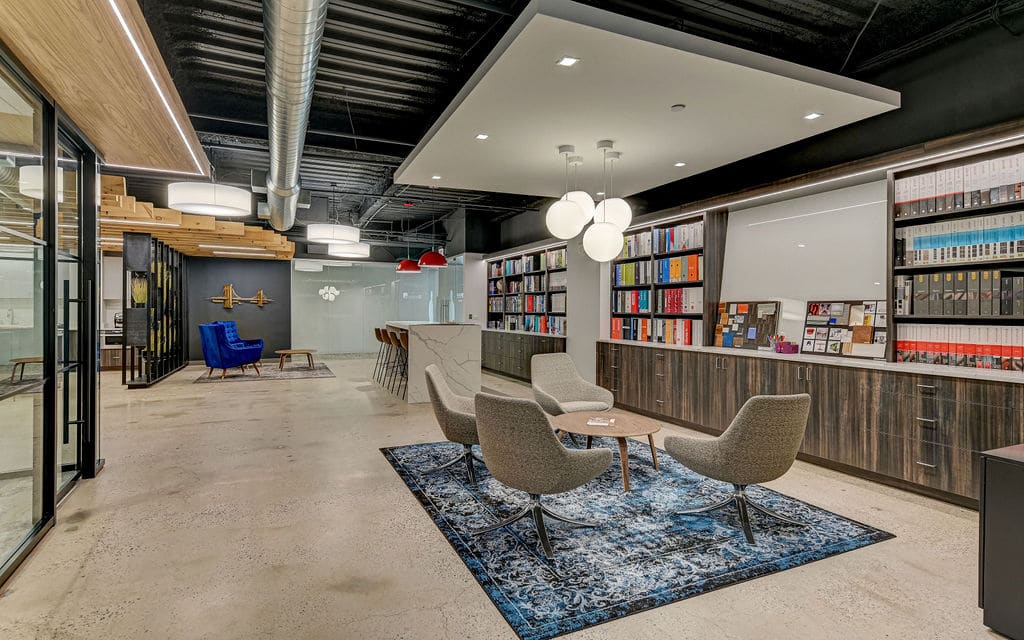
17 Feb Design With Everyone In Mind: A Must-Have for Modern Offices
As businesses evolve, so do the needs of their employees. Today’s workforce isn’t just looking for functional offices – they’re seeking workspaces that reflect the needs of each of their employees.
For example, creating a workplace that caters to all personality types, including those with hidden disabilities and neurodiverse conditions, is no longer a nice-to-have-it’s a must-have.
We’re pleased to share how we’ve designed our own workspace to meet diverse needs in the images throughout this blog.
Here’s why designing this way matters more than ever in 2025 – and how you can take action to design a space that works for all your staff.

Why Inclusive Design Matters More Than Ever
An estimated 15-20% of the world’s population is neurodiverse, meaning they experience the world differently in terms of learning, thinking, and processing information. However, many employees with hidden challenges remain silent about their conditions, with 76% choosing not to disclose due to fear of discrimination or stigma.
This lack of transparency creates a disconnect between employees and their work environment, resulting in lower morale, higher stress levels, and reduced productivity.
Inclusive design isn’t just about making employees comfortable-it’s about empowering them to do their best work.
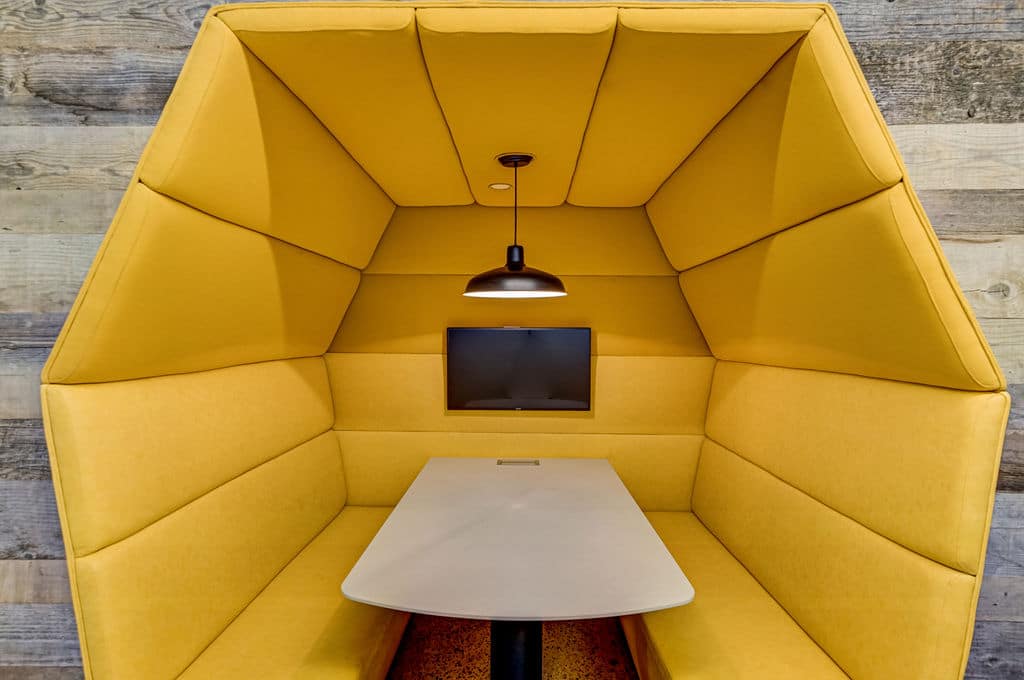
The Risks of Ignoring Inclusive Design
Failing to consider the needs of all your employees in workplace design can have significant consequences:
- Isolation and disengagement: Employees with hidden disabilities may feel unsupported, leading to reduced engagement.
- Increased absenteeism: Environments that trigger stress or anxiety can result in higher rates of burnout and absenteeism.
- Missed talent opportunities: Many neurodivergent individuals face unemployment rates three times higher than other groups, meaning businesses are missing out on a vast pool of untapped talent.
Creating an inclusive workplace isn’t just about compliance—it’s about building a culture that fosters belonging, well-being, and innovation.
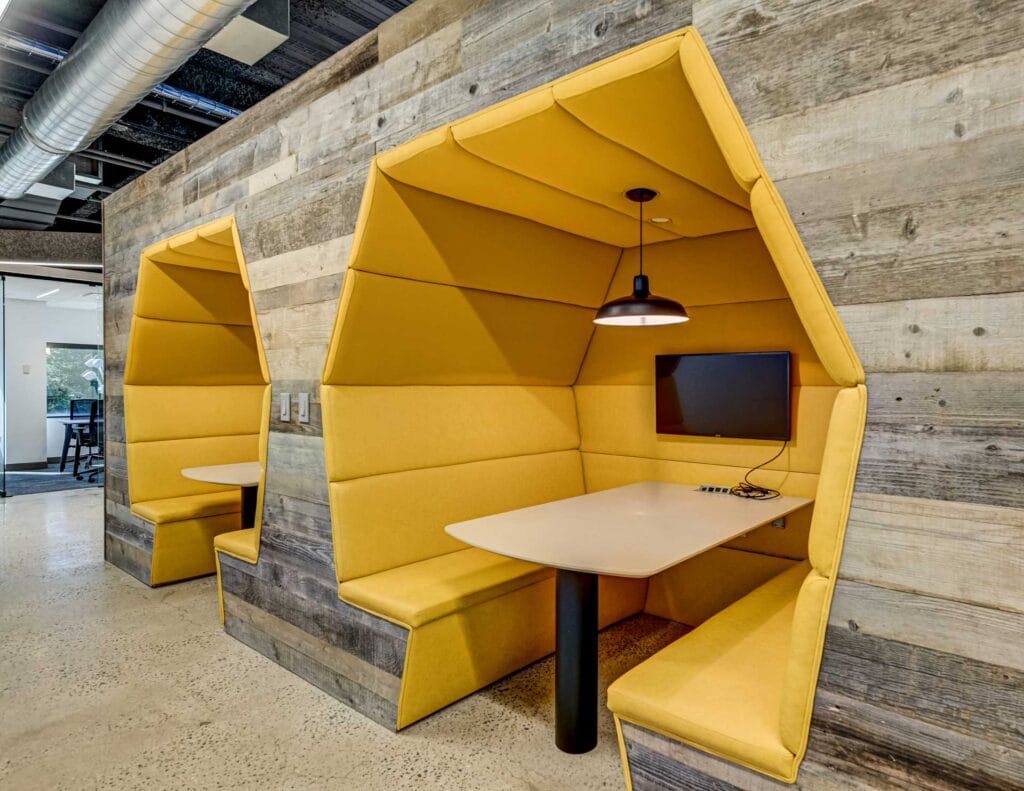
Inclusive Design in Action: Practical Tips for Your Workspace
Here are some practical steps to ensure your office design works for all your employees:
Offer a Range of Workplace Settings
Embrace quiet zones, collaboration spaces, and private pods to give employees the autonomy to choose a space that fits their needs, whether they need focus or interaction.
Focus on Acoustic and Lighting Solutions
Use acoustic panelling, soft furnishings, and quiet rooms to reduce noise distractions. Introduce natural light or adjustable lighting options to suit individual preferences.
Integrate Biophilic Design
Incorporate plants, natural textures, and outdoor views to create a calming, restorative environment that supports well-being.
Design for Accessibility
Ensure the office is physically accessible with ramps, wide corridors, and height-adjustable desks. Include braille signage and sensor-activated doors to accommodate a range of abilities.
Create a Culture of Inclusivity
Inclusive design doesn’t stop at the office layout. Train managers to recognize and support employees with hidden challenges and foster a culture where everyone feels safe to share their needs.
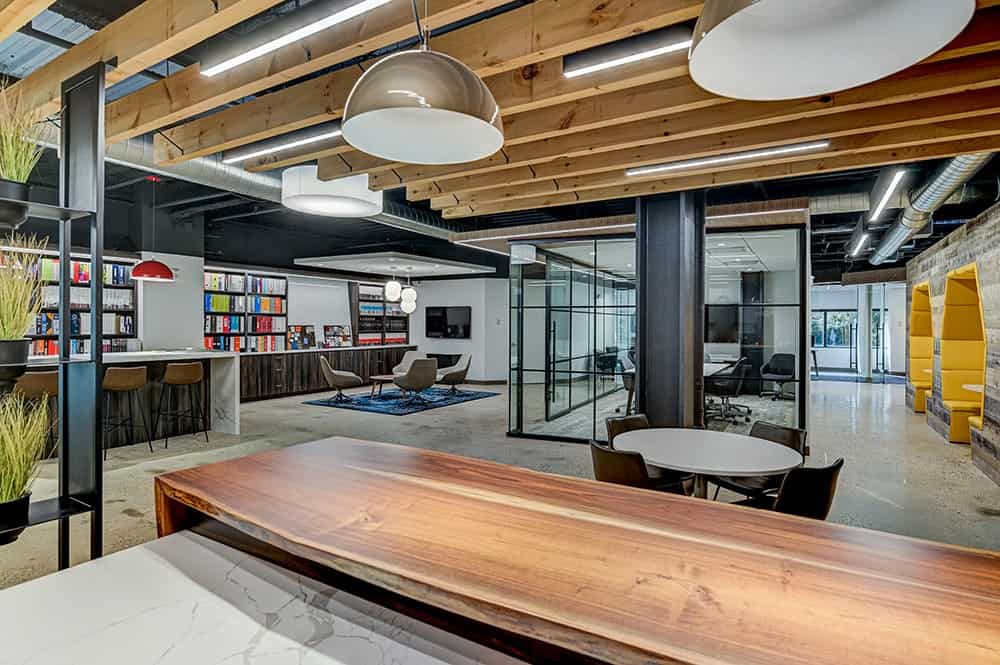
The Business Case for Inclusive Design
While the focus should always be on creating supportive environments, it’s important to recognize that inclusive design can improve business outcomes too.
Research shows that companies who take note of inclusive design experience:
- Higher employee retention
- Better problem-solving and innovation
- Improved brand perception
- Stronger recruitment appeal, especially among Gen Z
By designing workspaces that work for everyone, you’re building a culture that attracts and retains top talent while promoting mental well-being and productivity.
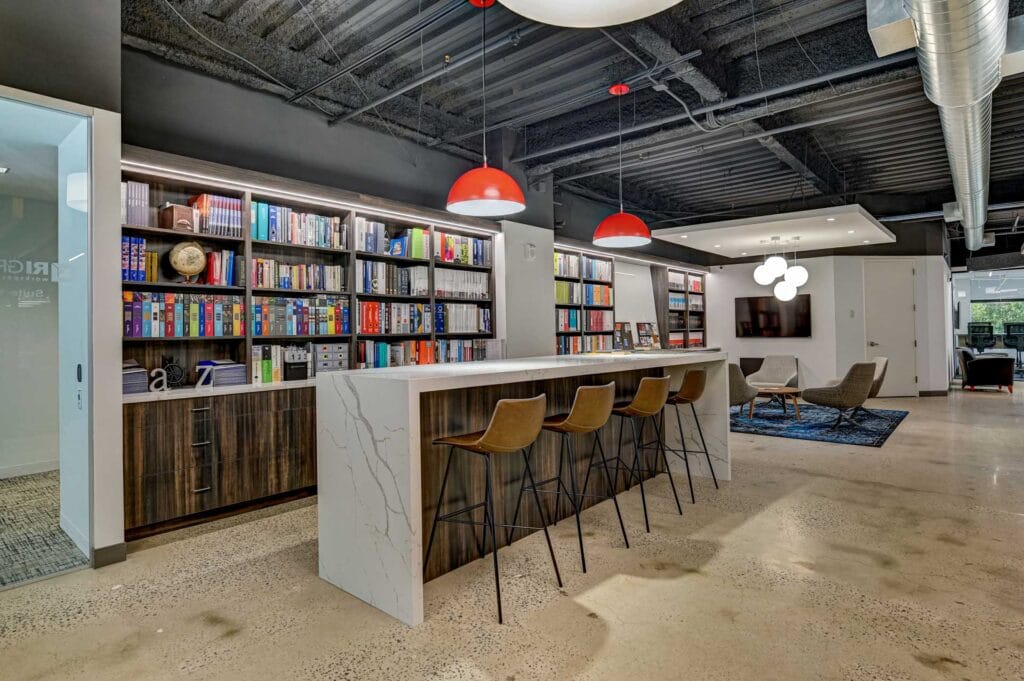
Final Thoughts
When you design for all personality types, you’re not just supporting a small group of employees-you’re improving the workplace experience for everyone.
Inclusive workplace design isn’t an afterthought. It’s non-negotiable in creating environments where people-and business-can thrive.
Ready to create a more inclusive workspace? Contact the RI Workplace team to start your journey.
Let’s build workplaces where everyone thrives.



















